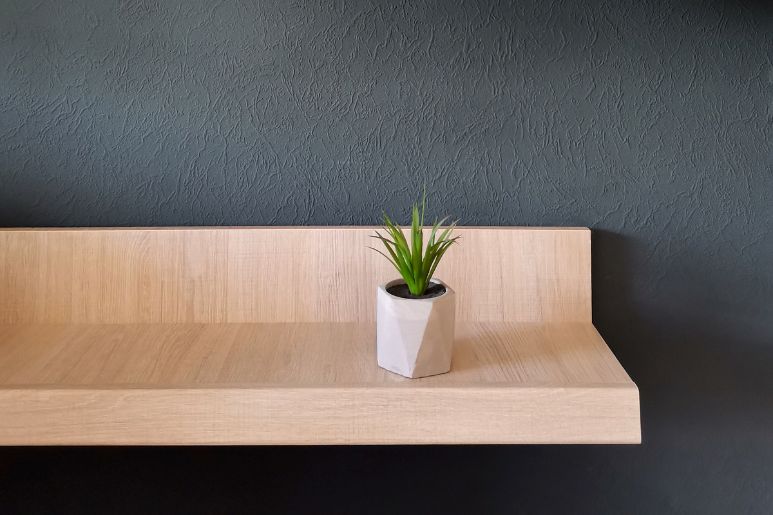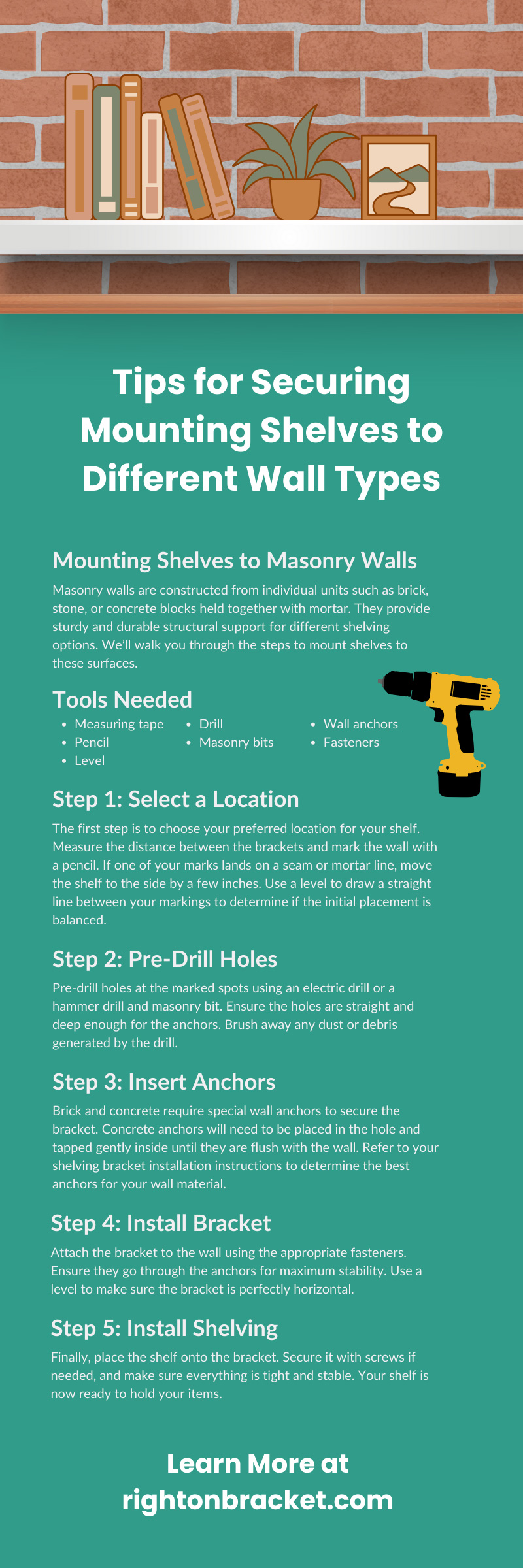
Tips for Securing Mounting Shelves to Different Wall Types
Mounting shelves in your home is a great way to make use of vertical space and put your belongings on display. These shelves, however, are dependent on your walls’ construction material, because those made with certain materials and via certain building processes will require different techniques and tools to ensure they stay secure. DIY enthusiasts can follow these instructions and expert tips to infuse any room in their house with charm and functional storage. Read on to learn how to securely mount shelves to different wall types for a successful project.
Mounting Shelves to Masonry Walls
Masonry walls are constructed from individual units such as brick, stone, or concrete blocks held together with mortar. They provide sturdy and durable structural support for different shelving options. We’ll walk you through the steps to mount shelves to these surfaces.
Tools Needed
- Measuring tape
- Pencil
- Level
- Drill
- Masonry bits
- Wall anchors
- Fasteners
Step 1: Select a Location
The first step is to choose your preferred location for your shelf. Measure the distance between the brackets and mark the wall with a pencil. If one of your marks lands on a seam or mortar line, move the shelf to the side by a few inches. Use a level to draw a straight line between your markings to determine if the initial placement is balanced.
Step 2: Pre-Drill Holes
Pre-drill holes at the marked spots using an electric drill or a hammer drill and masonry bit. Ensure the holes are straight and deep enough for the anchors. Brush away any dust or debris generated by the drill.
Step 3: Insert Anchors
Brick and concrete require special wall anchors to secure the bracket. Concrete anchors will need to be placed in the hole and tapped gently inside until they are flush with the wall. Refer to your shelving bracket installation instructions to determine the best anchors for your wall material.
Step 4: Install Bracket
Attach the bracket to the wall using the appropriate fasteners. Ensure they go through the anchors for maximum stability. Use a level to make sure the bracket is perfectly horizontal.
Step 5: Install Shelving
Finally, place the shelf onto the bracket. Secure it with screws if needed, and make sure everything is tight and stable. Your shelf is now ready to hold your items.
Mounting Shelves to Drywall and Plaster Walls
Mounting shelves to drywall and plaster walls requires careful consideration to ensure stability and safety. Unlike masonry, these wall types can be more susceptible to damage without the use of appropriate methods and tools. Following the outlined steps will provide you with a practical approach to securing long-lasting shelving displays.
Tools Needed
- Measuring tape
- Pencil
- Level
- Stud finder
- Drill
- Screws
Step 1: Select a Location
The first step for installing drywall and plaster shelves is virtually the same. Place your bracket up to your wall to set an initial placement and use a pencil to mark where the brackets will be installed.
Step 2: Find Wall Studs
For maximum stability, you will want to place the shelf brackets on studs behind the drywall or plaster. Using a stud finder from a hardware store, you can find these vertical beams 16 to 24 inches apart.
Step 3: Pre-Drill Holes
Drill holes into the marked spots on the studs to ensure screws go in smoothly. For sections without studs, use drywall anchors to provide extra support. Using drywall anchors or toggle bolts requires drilling larger holes into the wall.
Step 4: Install Bracket
Attach the bracket using the appropriate screws. Ensure at least one screw goes into a stud for maximum support. Use the drill on a low-speed setting to prevent damaging the wall material and stripping the screw. Check with a level to confirm that the bracket is straight.
Step 5: Install Shelving
Now you are ready to secure your shelf material onto your bracket. Follow the manufacturer’s instructions for securing the board and check one last time to ensure it is level.
General Tips for Mounting Shelves
Now that we’ve walked through specific instructions for securing shelves on masonry and stud walls, let’s review some best practices you can apply to any shelf installation project.
Choose the Right Brackets
Selecting the appropriate brackets is essential for ensuring the safety and functionality of your shelves. The right brackets should correspond to the weight they will support and the dimensions of the shelf itself. Make sure to follow the shelf manufacturer’s guidelines for weight limits and installation procedures. Investing time in choosing the right brackets will prevent potential accidents and provide long-lasting support for your shelves.
Double-Check Your Work
Before you finalize the installation of your shelves, it’s imperative to double-check your work at every step. A good practice is to measure the placement of your markings for drilling holes and lining your brackets up to them before committing to drilling. Use a level tool to ensure that your shelves are perfectly straight before securing screws or anchors into the wall. Once everything is installed, give it a gentle shake to make sure everything is secure.
Use Shims for Uneven Walls
If your walls aren’t perfectly straight, employing shims can make all the difference in achieving a level shelf. Shims are small wedges that can be placed behind the brackets to compensate for any unevenness in the wall surface. This adjustment is crucial for ensuring that your shelves not only look good but are also reliable for everyday use.
Regularly Inspect and Tighten Brackets
Over time, it’s natural for shelf brackets to experience some loosening due to weight fluctuations and general wear. To ensure your shelves remain safe and stable, perform periodic checks to assess the brackets’ tightness and the overall condition of your shelving. If you notice any looseness, simply tighten the screws or anchors as needed.
Mounting shelves to different wall types doesn’t have to be a complicated task. With the right tools and techniques, you can securely install shelves on masonry, drywall, and plaster walls. These simple steps ensure your shelves are not only functional but also a stylish addition to your home. For reliable floating shelf mounting hardware that will serve you well for years to come, select the right shelving bracket from Right On Bracket.



